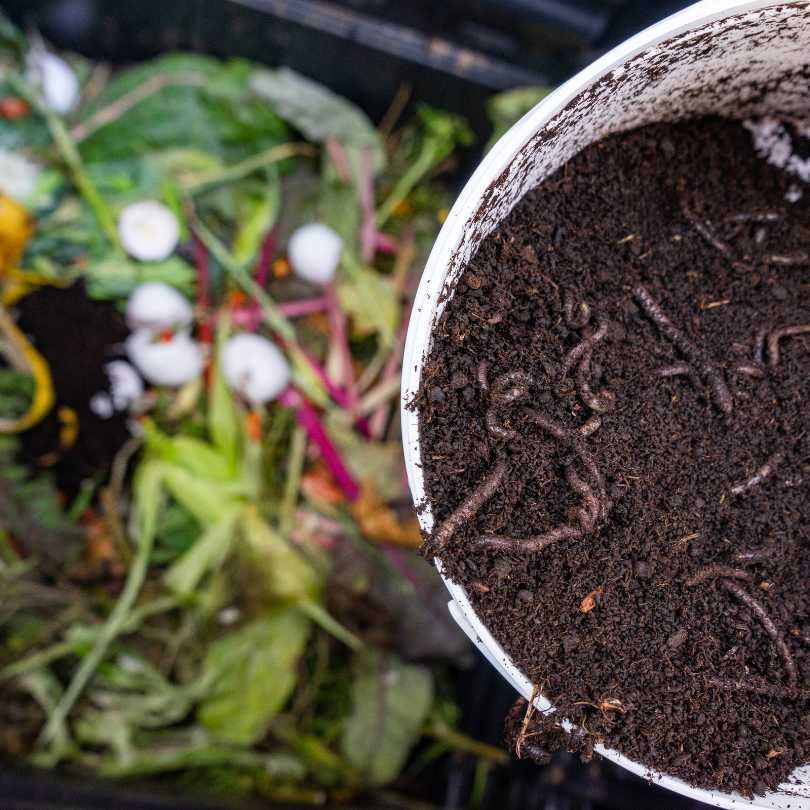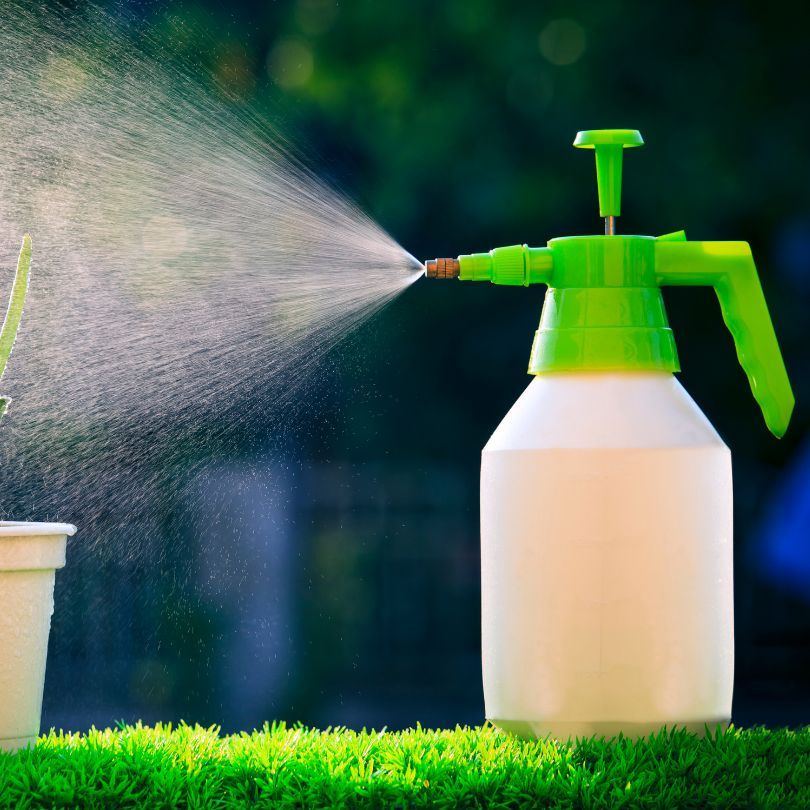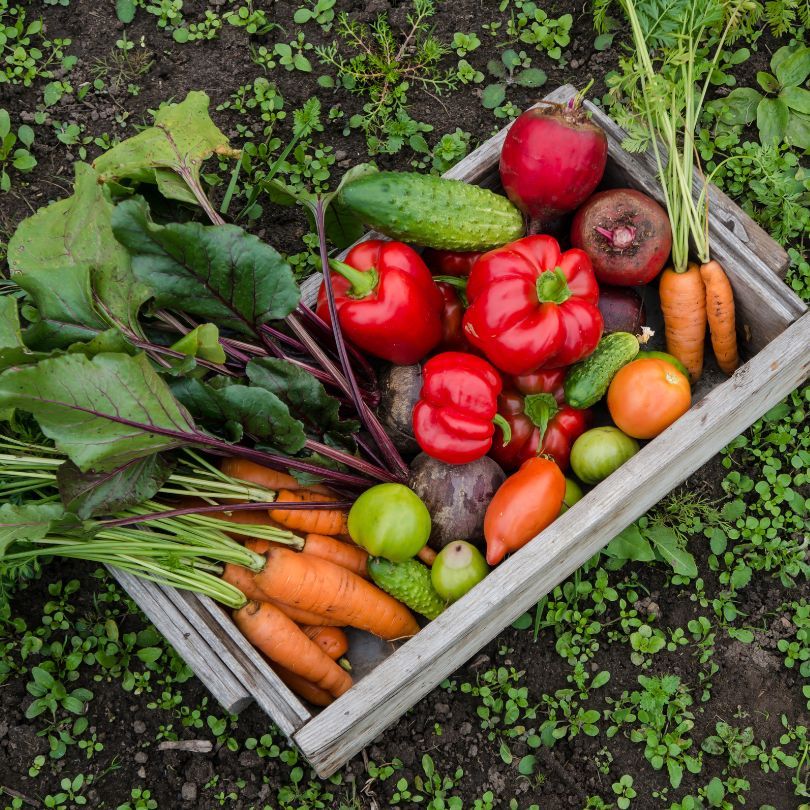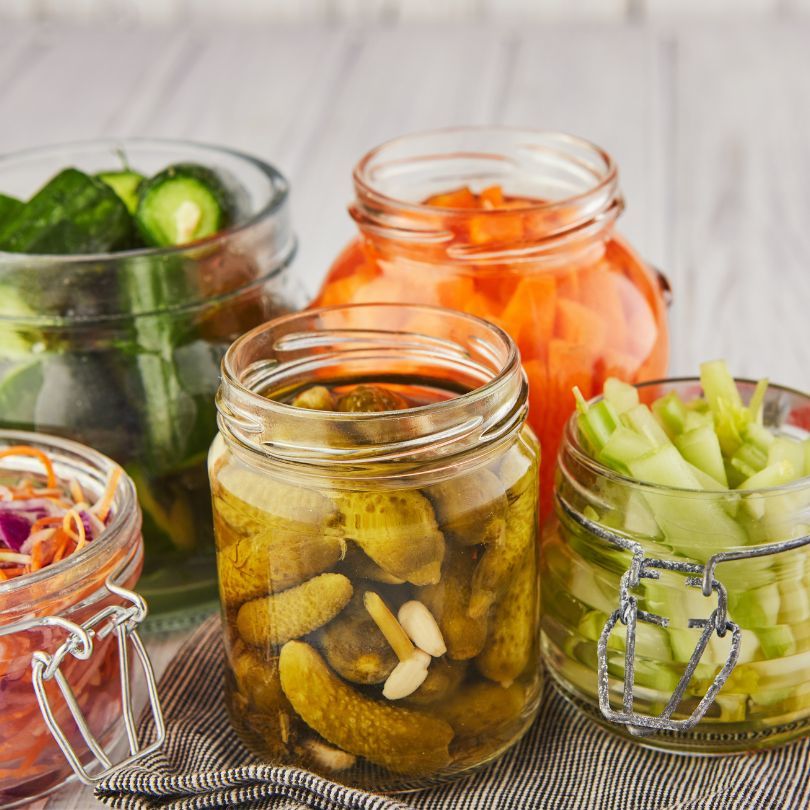
Key Takeaways
Identify cost-effective plants that yield high returns for your survival garden.
Learn simple techniques to start your garden with minimal investment.
Discover how to reduce water and other recurring costs in your garden.
Understand the benefits of growing perennials for long-term savings.
Find out how to create your own compost to enrich soil without extra costs.
Growing a Thrifty Garden: The Path to Prosperity
Imagine your backyard not just as a space for relaxation, but as a powerhouse for your household economy. Yes, that’s right – your garden can be a significant contributor to your savings, especially in these times when every penny counts. Let’s dive into the essentials of building a survival garden that maximizes savings and promotes economic efficiency.
But remember, the key to a frugal garden is not just about planting seeds and hoping for the best. It’s about making smart choices from the get-go. That’s where I come in – to guide you through the process with tried and true tips that will help you grow a lush garden without growing your expenses.
High-Yield Plants for Maximum Savings
First things first, let’s talk about what to plant. High-yield plants are your best friends in a survival garden. These are the plants that give you the most bang for your buck, providing a steady supply of produce throughout the season. Here’s what you should consider planting:
Tomatoes – They can be used in countless dishes, and they keep on giving all season long.
Leafy greens like spinach and kale – They grow quickly, allowing you to harvest multiple times.
Zucchini and squash – These plants produce a lot of food from just a few seeds.
Herbs – They can be expensive at the store, but they’re easy and cheap to grow at home.
These plants are not only cost-effective but also versatile in your kitchen, which means less waste and more savings. For more insights on how a vegetable garden can save you money, check out this resource.
Cost-Effective Gardening Techniques
With the right plants picked out, let’s talk about how to grow them without splurging on gardening supplies. It’s easier than you think to cut costs: for example, by implementing quick-grow veggies for emergency food production, you can save money and time.
Start seeds indoors using egg cartons as biodegradable pots – this saves on buying pots and gets your plants started without a greenhouse.
Make your own trellises with branches or scrap wood instead of buying them.
Collect rainwater for irrigation to cut down on water bills.
These techniques not only save money but also encourage a sustainable approach to gardening.
The Nitty-Gritty of Economical Gardening
Now, let’s dig a little deeper. Frugal gardening is about more than just the initial setup; it’s about ongoing cost management. To keep your garden thrifty throughout the growing season, you’ll need to be mindful of your resources and how you use them.
Starting Your Garden Without Breaking the Bank
Starting a garden can feel like a major investment, but it doesn’t have to be. Here’s how to begin:
Use cuttings from friends or community gardens to propagate your own plants for free.
Choose open-pollinated seeds that can be saved and replanted next year, reducing the need to buy new seeds annually.
Build raised beds from reclaimed wood or repurpose old furniture to contain your garden.
These steps help you launch your garden with minimal upfront costs, laying the groundwork for savings down the line.
Reducing Water Usage and Other Recurring Costs
Water is a precious commodity, and in gardening, it can become a significant expense. Here’s how to minimize water usage:
Mulch your plants to retain soil moisture and reduce the frequency of watering.
Group plants with similar water needs together so you can water more efficiently.
Install a drip irrigation system made from recycled materials to deliver water directly to plant roots.
By following these steps, you’ll not only save water but also time and energy that you would have spent on watering.
The Ins and Outs of Soil and Compost

Soil isn’t just dirt—it’s a living, breathing foundation for your garden. The health of your soil directly impacts the health of your plants. Rich, nutrient-dense soil means stronger plants and bigger harvests, which translates to more savings for you. Let’s get into how you can make your soil the best it can be without spending a fortune. For instance, understanding how to enhance soil with mycorrhizal fungi can be a cost-effective way to improve plant health and yield.
DIY Compost: Turn Waste into Wealth
Composting is the ultimate act of recycling. You can turn kitchen scraps, yard waste, and even paper into black gold for your garden. It’s simple:
Start with a bin or a designated area in your yard.
Add a mix of ‘greens’ (vegetable scraps, coffee grounds) and ‘browns’ (dry leaves, cardboard).
Keep it moist and turn it occasionally to speed up decomposition.
In a few months, you’ll have rich compost to feed your plants without spending a dime on fertilizer.
Soil Health: The Foundation of a Frugal Garden
Good soil health isn’t just about adding compost. You also need to avoid compacting the soil and give it a rest with crop rotation. Here’s what to do:
Avoid stepping on planting beds to keep the soil loose for roots to grow.
Rotate crops each year to prevent depleting the soil of specific nutrients.
Plant cover crops in the off-season to enrich the soil.
These practices ensure your soil stays fertile year after year, reducing the need for store-bought soil amendments.
Garden Layouts that Lead to Less Labor
A well-planned garden layout is like a good game plan in sports; it sets you up for success. The right layout can save you time, effort, and money, making your gardening more efficient and enjoyable.
Maximizing Space and Minimizing Effort
Maximizing your garden space is crucial, especially if you’re working with a smaller area. Vertical gardening, succession planting, and intercropping are great ways to get the most out of your space:
Grow upward with trellises for plants like cucumbers and beans.
After harvesting a crop, plant another right away (succession planting).
Grow compatible plants together (intercropping) to make the most of each bed.
This strategic use of space can lead to a bigger harvest and more food for your table.
Strategic Plant Positioning for Nutrient and Water Efficiency
Where you place your plants can have a big impact on their health and your garden’s overall productivity. Grouping plants with similar needs together can save you time and resources:
Plant thirsty crops together so you can water them all at once.
Place taller plants in a position where they won’t shade shorter ones that need full sun.
Use companion planting to enhance growth, deter pests, and save on pest control.
This kind of smart planning leads to healthier plants and reduces the need for interventions that cost money.
Dealing with Pests Without Pesticides

Pests can be a real headache in the garden, but reaching for chemical solutions can be expensive and harmful to the environment. Luckily, there are effective, natural methods for keeping pests at bay.
Natural and Budget-Friendly Pest Control Strategies
Prevention is better than cure, and the same goes for pest control in your garden. Here are a few tips:
Encourage beneficial insects, like ladybugs, that eat pests by planting flowers they’re attracted to.
Make DIY pest sprays with ingredients like neem oil, soap, and water.
Keep your garden clean by removing diseased plants and debris that can harbor pests.
These strategies are not only cheaper but also safer for you and the environment.
Companion Planting: Nature’s Pest Deterrent
Companion planting is an age-old method that involves planting different crops in proximity for mutual benefit. For example:
Marigolds release a substance from their roots that deters nematodes, making them great companions for tomatoes.
By thoughtfully pairing plants, you can naturally repel pests and even improve plant growth, reducing the need for costly interventions.
Harvesting and Preserving Your Bounty

After all the hard work of growing your garden, it’s important to make the most of your harvest. Properly harvesting and preserving your produce can save you a lot of money throughout the year.
Methods to Make Your Harvest Last Longer
Harvesting at the right time and in the right way can extend the life of your produce. Here’s how:
Harvest in the morning when temperatures are cooler to keep produce fresher longer.
Use sharp tools to cut produce cleanly, which helps prevent disease and extends shelf life.
Learn the signs of ripeness for different crops to harvest at peak flavor and nutrition.
With these techniques, you’ll enjoy the fruits of your labor for as long as possible.
Storing Surplus: Canning, Freezing, and Drying

Preserving your surplus produce is a fantastic way to save money. Canning, freezing, and drying are all methods you can do at home:
Canning is great for sauces, jams, and pickles.
Freezing works well for fruits, vegetables, and herbs.
Drying is perfect for herbs, some fruits, and making your own teas.
By preserving your own food, you avoid the high costs of store-bought canned goods and enjoy your garden bounty all year round.
Leveraging Local Resources and Knowledge
One of the smartest moves you can make as a frugal gardener is to tap into local resources. Your community likely has a wealth of knowledge and materials that can help you grow your survival garden without spending much money. Here’s how to make the most of these local treasures:
Join a local gardening club or online community forum to share tips and get advice.
Attend seed swaps to diversify your garden for free or at a low cost.
Visit your local library for gardening books and resources.
Check if your municipality offers free compost or mulch to residents.
By pooling resources and knowledge with fellow gardeners, you can cut down on costs and learn from the experiences of others.
Frequently Asked Questions
Let’s address some common questions that might be on your mind as you embark on your journey to create a survival garden.
What Are the Most Cost-Effective Vegetables to Grow?
The most cost-effective vegetables to grow are those that offer high yields, are easy to care for, and can be harvested multiple times throughout the season. These include:
Leafy greens like lettuce and spinach, which can be harvested leaf by leaf as needed.
Herbs, such as basil and cilantro, since they are expensive to buy fresh and can be easily dried or frozen.
Root vegetables like carrots and beets, which require minimal maintenance and have a long storage life.
Tomatoes and peppers, which can be used in a variety of dishes and preserved through canning or drying.
Choose vegetables that are also suited to your climate and soil for the best results. For more insights, read about what a survival garden is and how it can save you money.
How Can I Start a Survival Garden with Limited Space?
If space is at a premium, think vertically. Use trellises, hanging baskets, and wall planters to maximize your growing area. Container gardening is another excellent option for small spaces, allowing you to grow a variety of plants on patios, balconies, or windowsills. Remember, it’s not about the space you have but how you use it.
What Are Some Common Mistakes to Avoid When Trying to Save Money with a Garden?
When trying to save money with a garden, avoid these common pitfalls: not planning your space efficiently which can be mastered through square foot gardening, neglecting to propagate your plants, or choosing the wrong types of plants for your climate and soil.
Overplanting – Growing more than you can use leads to waste.
Ignoring pests and diseases – This can result in a loss of plants and resources.
Forgetting to water or water inefficiently – Both can stress plants and reduce yield.
Buying unnecessary gardening gadgets – Stick to the essentials and DIY when possible.
By avoiding these mistakes, you’ll be on your way to a more productive and cost-effective garden.
Can a Survival Garden Really Feed My Family in Times of Economic Hardship?
A survival garden can indeed supplement your family’s food supply, reducing grocery bills and providing fresh, nutritious produce. While it may not cover all your food needs, it can make a significant difference, especially when combined with smart shopping and meal planning.
How Much Time Daily Should I Expect to Spend on Garden Maintenance?
On average, you should expect to spend about 30 minutes to an hour daily on garden maintenance. This includes watering, weeding, harvesting, and checking for pests. However, this can vary depending on the size of your garden and the time of year. During peak growing season, you might spend a bit more time tending to your plants.
Remember, the time you invest in your garden is not just about saving money; it’s also an investment in your health and well-being. A survival garden provides not only a source of food but also a sense of security and satisfaction in knowing you can sustain yourself. So, roll up your sleeves and dig into the rewarding world of frugal gardening! Visit Survival Essentials: Premium Seeds for Self-Sufficiency.







Leave a Reply